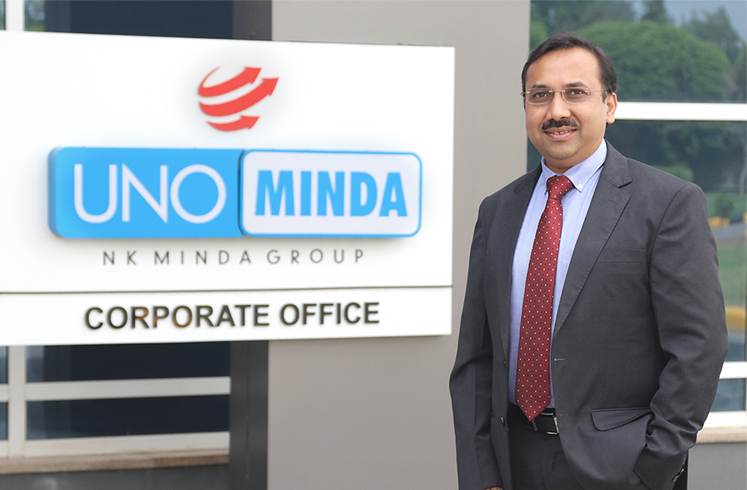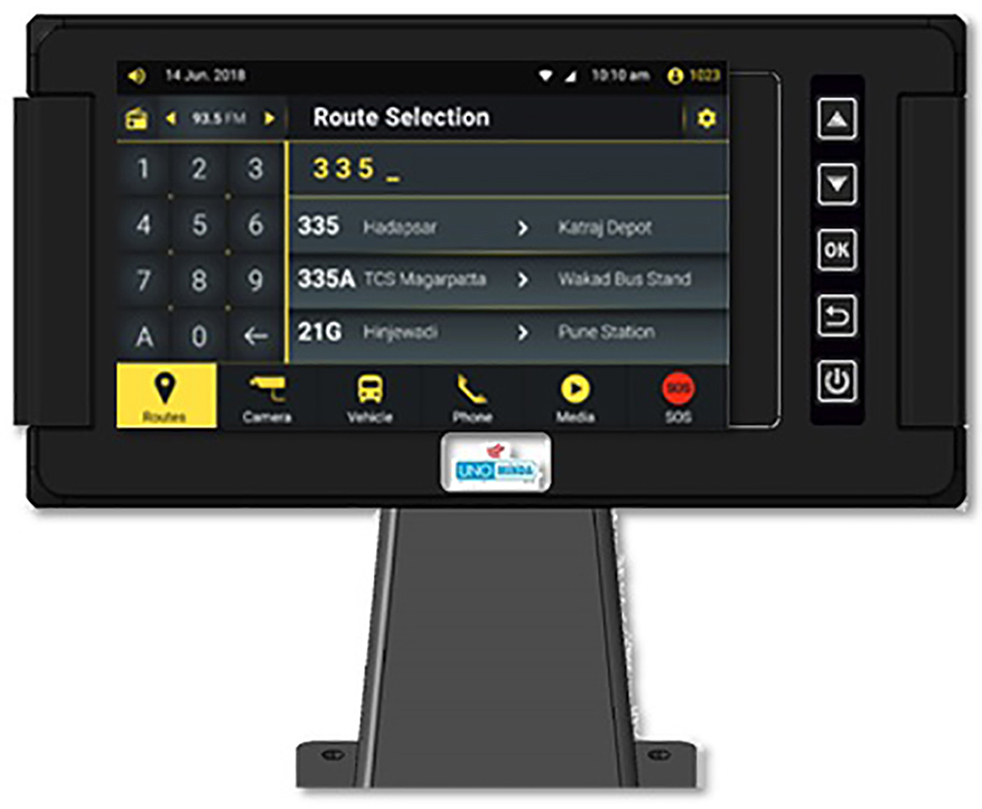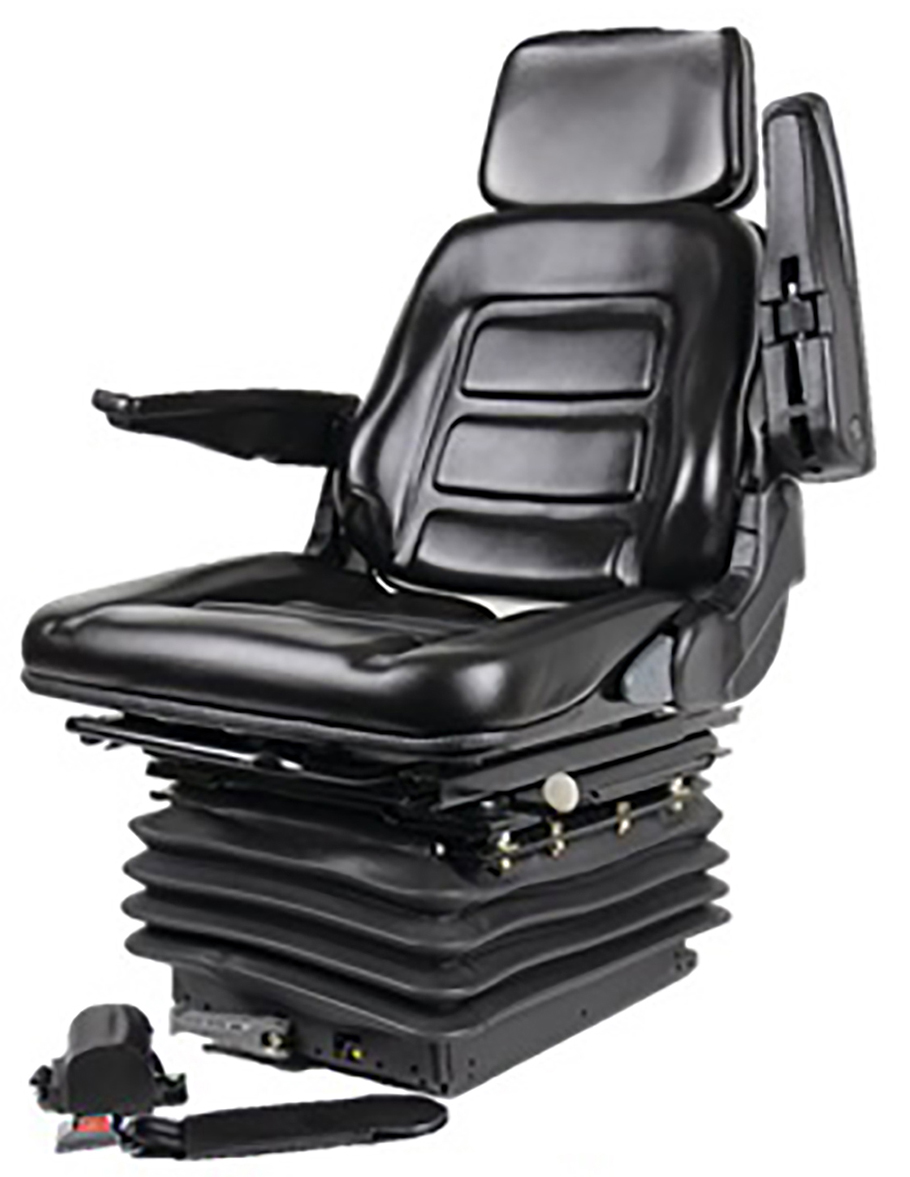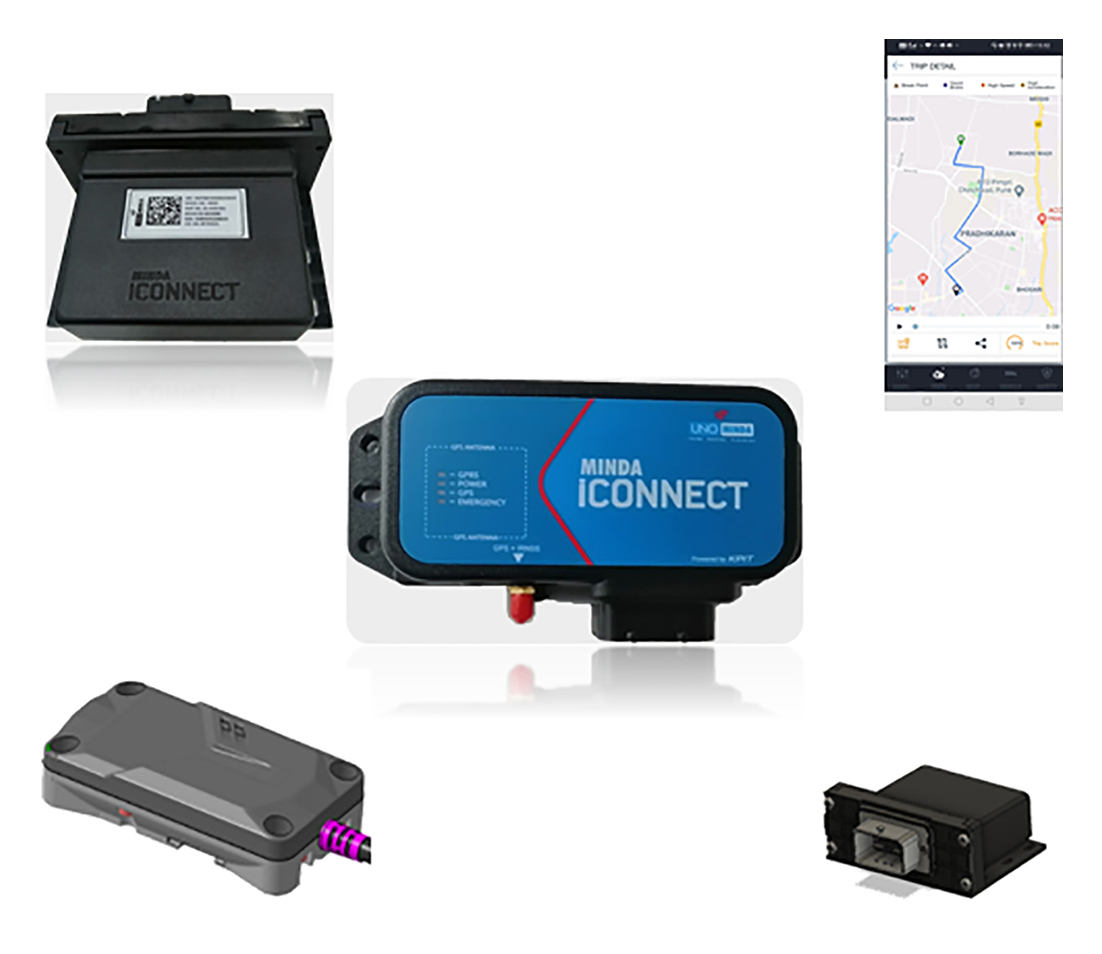Moving towards UNO MINDA’s vision to attain technology leadership, its flagship research and development centres, CREAT and INITIA, were established in 2017. These are built on the two pillars of technology and innovation. INITIA, an independent design arm, offers design research, user experience, digital modelling and human factors encompassing vehicle and component level design. CREAT is an innovation-driven research and development centre incubating products. Rajesh Rajgor gets details in an exclusive interaction with Amit Jain, CTO (CREAT, Central Research and Development), UNO MINDA Industries Limited

UNO MINDA has made important contributions to the automotive industry supply chain for more than six decades with innovative products that are developed and engineered for efficiency with an emphasis on enhanced comfort and fine-tuned response. As a Tier I vendor, UNO MINDA manufactures alternate fuel systems, air filtration systems, canisters, brake hoses and fuel hoses, combined braking system (CBS), noise suppressor caps, PDC parts, alloy wheels, seat belts, cameras, EA pads, steering wheels with airbags, air brakes, fuel caps, lighting products, air ducts and washer bottles, spoilers, body sealing, two-wheeler switches and handle bar assembly, four-wheeler switches and HVAC, cigar lighters, wheel covers, etc.
It also makes shifters, infotainment systems (CD tuners, display audio and audio video navigations), speakers, RPAS and ADAS, sensors, actuators, controllers, relays, end-to-end telematics and connected car solutions, horns, seating systems, etc. The company holds a leading position in automotive switches, alloy wheels, automotive horns, and blow moulded parts. All these superlative products focus on design, cost, reliability and robustness. Elaborating about the company’s production strategy, Amit Jain, CTO, (CREAT, Central Research and Development), UNO MINDA, says, “We bring in better engineered products with a focus on innovation, platform approach and re-usable design components while keeping in mind Indian use cases.”
“We would like to differentiate ourselves with newer technology at affordable cost and faster time to market. The primary focus is on design. We often confuse engineering and design, although this is not the case. The aesthetics, usability and user perception of a product is often defined by its design. There are many distinct elements to design, whether it is interface design, industrial design or human factor design. We wanted to make sure that whether we were selling wheels or switches, we could incorporate design elements to improve the overall perceived value of the products we supply,” he adds.

When they approach an OEM with a concept, the OEM naturally wants them to deliver end-to-end research and development, engineering, industrial design and manufacturing. Jain adds: “We closely study the use case, the target customers and how Gen Z would view a certain product differently than Gen Y, the integration of the product in the vehicle system and the innovation that we can bring to the table. Those are the kinds of things we incorporate into our goods, whether its headlamps, handle bars, switches, alloy wheels or the textiles used in the automobiles, or even how the HMI looks. We are now working on over 50+ incubation projects across the product spectrum right from telematics, EV products, ECUs, wireless charges, ADAS, cameras to switches, lamps and wheels. All of these are handled centrally at CREAT. We manage the complete research and development technology roadmap for the group.”
Integrated System Player
CREAT at UNO MINDA has progressed from a purely incubation-focused embedded electronic facility to a flagship research and development centre for the whole group. Their responsibilities and functions have expanded dramatically. “As UNO MINDA we are now looking at how we can transition from a product to a system player. We produce so much content per vehicle that it makes far more sense for us to examine the interactions between the various components we produce and see if we can add value through miniaturisation, integration of features or cost reduction by treating them as systems rather than discrete products,” Jain explains.

They will be able to look at a lot of cross benefits across multiple system domains once they look at centralising their research and development activities. At UNO MINDA, spoilers, switches, airbags or a wheel made by various entities necessitates a lot of cross-domain and cross-business interaction. “Now that we are responsible for all of the products at central research and development, we are better able to integrate different UNO MINDA products with one another. The rapid electronic penetration into automotive – not just into passenger vehicles but also extending into commercial vehicles and two-wheelers – has opened up a lot of opportunity for collaboration on technologies that can make end products smarter,” Jain states.
Paying Attention to Trends
Personalisation, autonomous, connected and electric (known as PACE) are the four major trends that the organisation has been concentrating on. Every initiative that the corporation takes on today is scrutinised through the prism of PACE. “From a PACE standpoint, we attempt to map it out and see how it fits into UNO MINDA’s strategy. We have now produced a five-year roadmap for all our research and development initiatives across the group and we have looked at which projects are connected with the PACE strategy in some way. This aids in the development of future-relevant items. We are better prepared for the future and we are also combining items to give them a more systematic appearance,” Jain informs.
Product, Technology and Manufacturing Roadmaps
As the company’s central research and development creates more value for the OEMs, it is necessary that they create product, technology and manufacturing roadmaps. While INITIA and CREAT take care of design and engineering, manufacturing is taken care of with specialised group companies having niche JVs for the products. These have close synergies with the research and development team with respect to mega trends. Jain explains: “When we look at research and development, we look at working with new materials, working with new technologies and working on reducing the cost in the process.”
“For example, when the switches started becoming electronic from mechanical, we needed to adopt flexible PCBs to give better ergonomics, user experience and reliability. We create not only technology and product roadmaps but also define the manufacturing roadmap for these new products. For instance, a flexible PCB is very different from manufacturing a rigid PCB. So, the process we follow is that we identify and incubate the product based on current and upcoming technology as well as manufacturing roadmaps that are required to build the end product. It could be a new moulding process or a new coating process or joining plastics. We monitor these and try to make sure that as research and development matures or as product design and engineering mature, the manufacturing processes also matures at the same time,” he adds.

Similarly, if a simple work on rear under protection device (RUPD) is undertaken, the company can offer substantial weight reduction. “We are now offering a 40% lighter RUPD and with the same shock absorption characteristics by using foam in pipe technology. So, if somebody comes to us with a classic RUPD requirement, we guide them to not only get that standard feature done but also suggest a rare parking assist device (RPA) to it, which is mandatory for commercial vehicles. In the same pipe we could add the RPA sensors and ultrasonic sensors to the system,” Jain elaborates. These are just a few examples of the massive projects UNO MINDA undertakes across its various product portfolios.
Geographical Expansion The central research and development team of CREAT and INITIA has moved to a new bigger space at Pune and Gurgaon to take care of the increasing work demand. “We are looking at a large centre down south apart from the one we have in Gurgaon, Hosur and Pune. We also have very high aspirations for growth outside India. We want to achieve at least 35% of our future revenue from international sales and to fuel that growth we are looking at application engineering centres across the world. We already have centres in Germany and Spain with over 200 engineers. We want to grow in Southeast Asia and Japan and finally in USA. Apart from this, our research and development team is also working with a lot of start-ups and academic institutions,” Jain states.